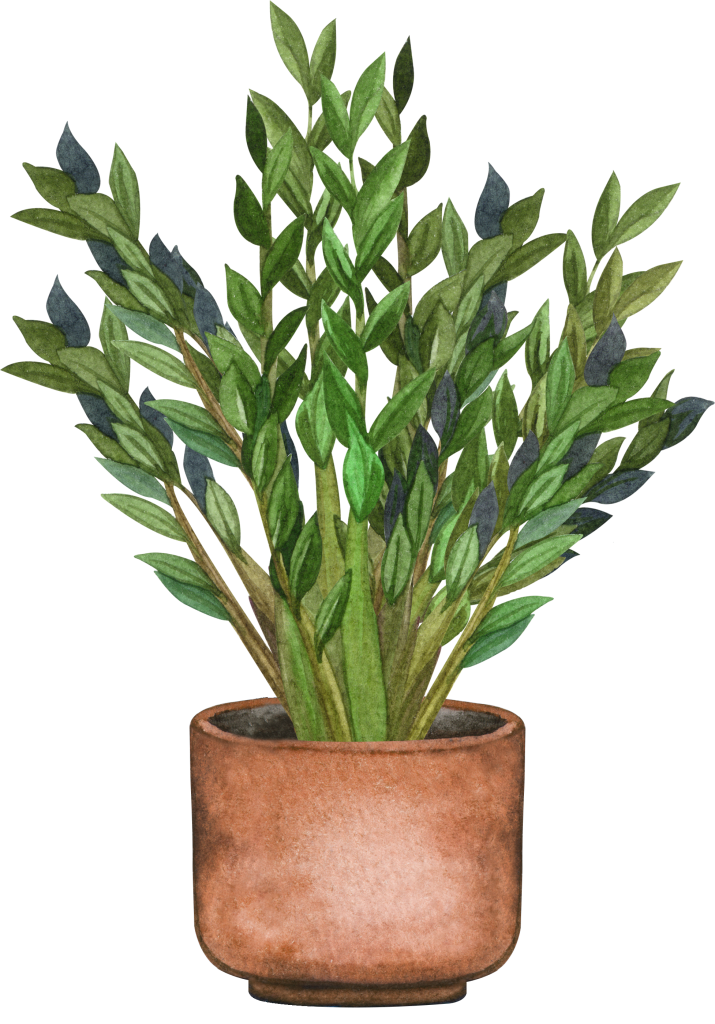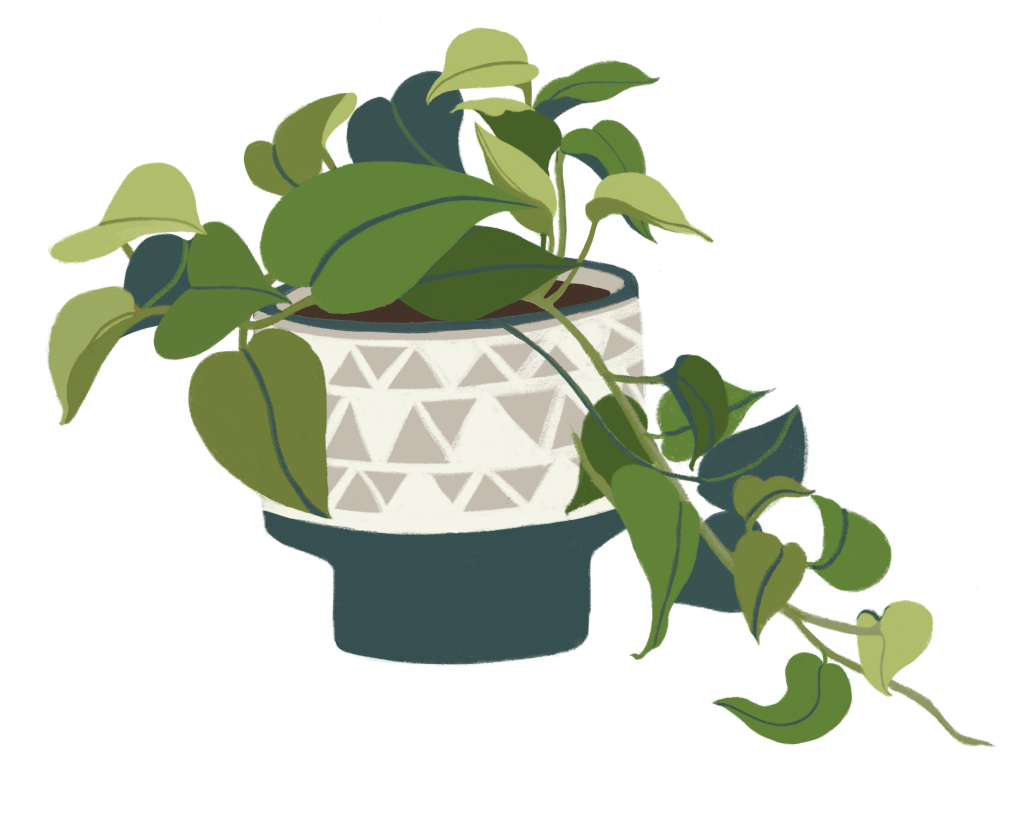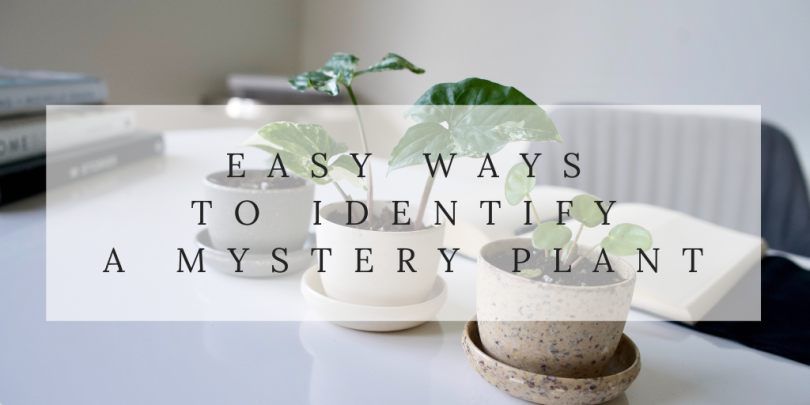When you’re starting your plant parenthood journey, it’s easy to be enamored by fiddle leaf figs and other beautiful plants that end up being difficult to care for. Here are low maintenance options that are perfect for plant beginners!
Snake Plant

Light: Any! Snake plants can tolerate low light well, which makes them great for rooms that don’t get much sun, like bathrooms or offices.
Water: Snake plants would prefer to be under-watered than overwatered. You don’t need to water them until the soil has fully dried out (which, depending on the pot, is about a month).
Fertilizer: Snake plants grow slowly, which means they only need to be fertilized once or twice a year.
Pots: Terracotta pots will absorb excess moisture so the plants aren’t overwatered. They don’t like to sit in water, so make sure the bottom of the pot has drainage holes.
Other info: This is my favorite plant because the one with yellow edges is named after me (sansevieria laurentii)!
Spider Plant
Light: While spider plants can survive in very low light, they’re more likely to flower in moderate to bright indirect light.
Water: In the summer, keep the soil moist, but be careful not to overwater (no soggy feet)! In the winter, allow the soil to dry out a bit before the next watering.
Fertilizer: Every other watering in the summer.
Pots: Any pot with adequate drainage holes at the bottom. Spider plants actually prefer and will grow best when they’re root bound.
Other info: Spider plants will grow lots of little babies that can be easily propagated in water or soil (all of mine came from my sister’s plant)!

ZZ Plant

Light: ZZ plants are very tolerant of low light, and direct sun will burn their leaves.
Water: Let the soil completely dry out before watering. Typically these only need water about once a month.
Fertilizer: Once a month during the growing season.
Pots: Terracotta pots will absorb excess moisture so the plants aren’t overwatered. They don’t like to sit in water, so make sure the bottom of the pot has drainage holes.
Other info: ZZ plants love being root bound, which means they rarely need to be repotted.
Pothos
Light: While pothos will thrive in bright, indirect light (direct sun will burn the leaves), they can tolerate low light as well.
Water: Wait until the top inch or two of soil is dry.
Fertilizer: Once every other month in the summer.
Pots: Plastic or porcelain pots work best for varieties with high variegation to keep the soil moist. Terracotta is another good option.
Other info: Pothos propagation is very easy-simply cut off around 6 inches of the stem and put it in a cup of water for a few weeks until roots grow!








